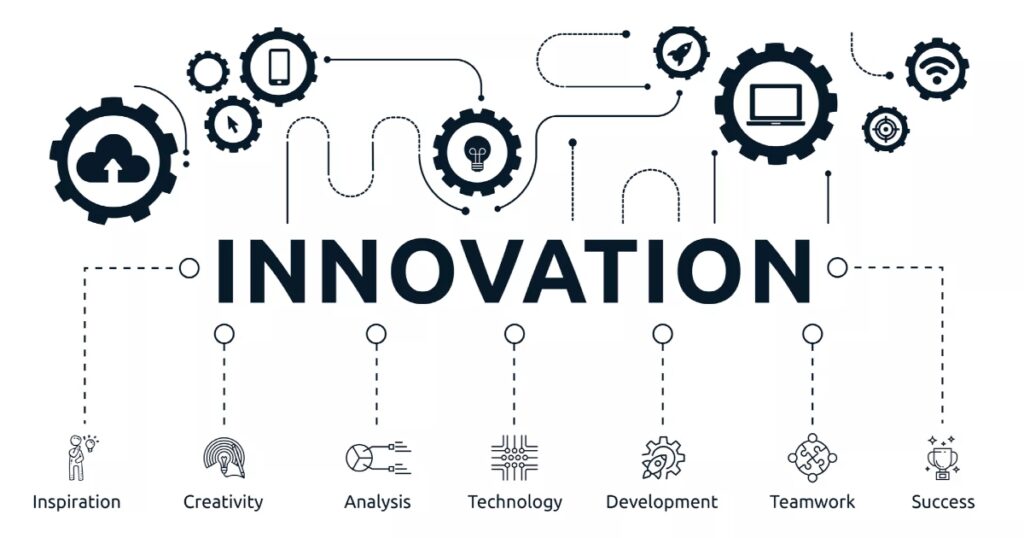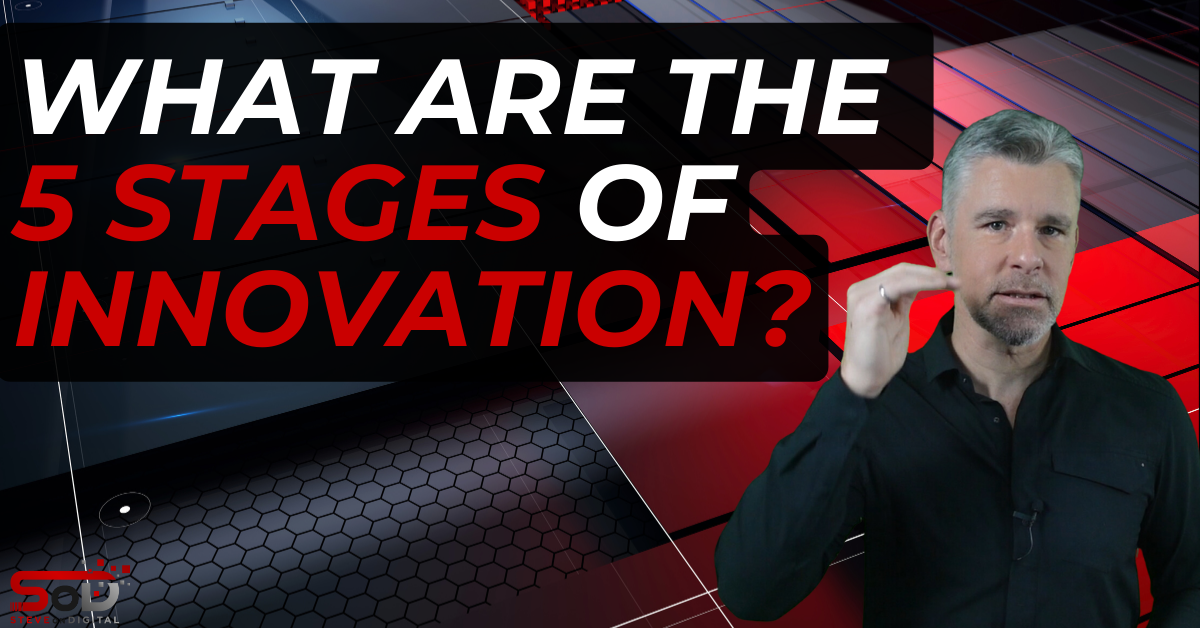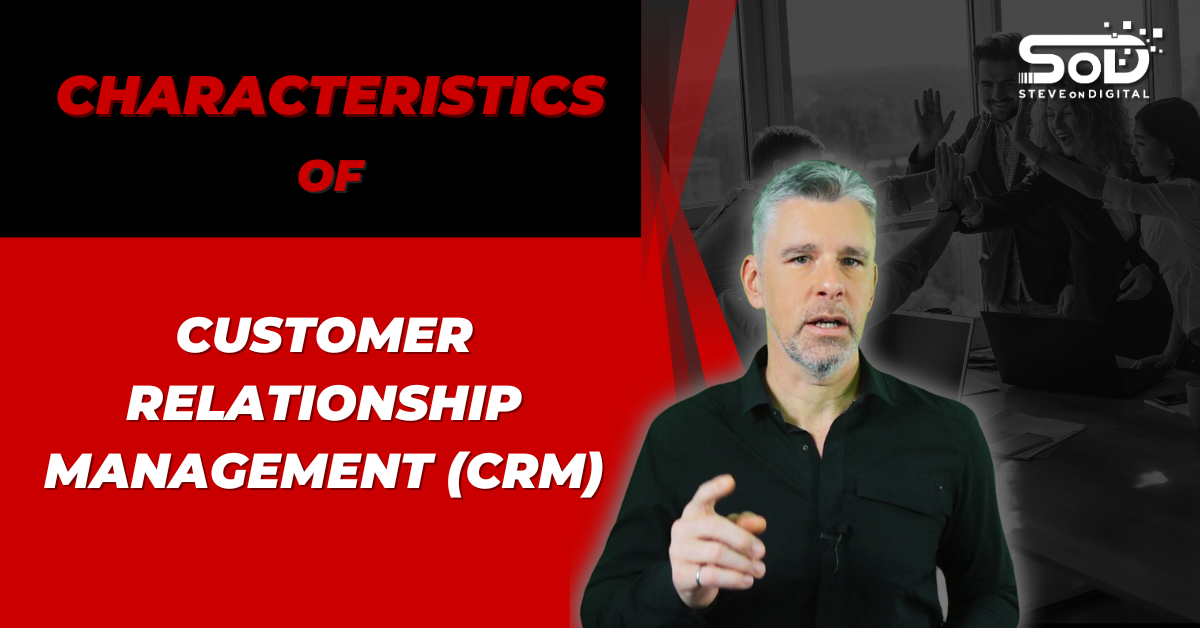The five stages of innovation form a roadmap for turning a simple idea into a successful innovation.
They are:
1) Ideation and Knowledge Gathering, where the journey begins with brainstorming and researching;
2) Evaluation and Advocacy, assessing the idea’s viability and gaining support;
3) Experimentation and Decision Making, testing the idea and making key decisions;
4) Implementation and Commercialization, bringing the idea to life and introducing it to the market; and
5) Growth and Sustainability, scaling the innovation and ensuring its long-term impact.
This straightforward guide aims to demystify the innovation process, making it understandable and actionable for anyone looking to bring new ideas to fruition.
| Stage of Innovation | Key Activities |
| 1. Ideation and Knowledge Gathering | – Advanced idea generation techniques – Mobilizing ideas into action – Harnessing intellectual property |
| 2. Evaluation and Advocacy | – Screening ideas with precision – Innovation advocacy and stakeholder engagement – Preparing the organization for innovation |
| 3. Experimentation and Decision Making | – Prototyping and real-world testing – Establishing feedback loops – Critical decision-making points |
| 4. Implementation and Commercialization | – Pilot projects and full-scale launch – Marketing and sales strategies – Quality control and supply chain management |
| 5. Growth and Sustainability | – Sustainable innovation practices – Scaling innovations globally – Learning from failure and continuous improvement |
Innovation Process
In navigating the innovation process, we aim to achieve innovation progress through a structured journey, starting with idea generation and culminating in the successful launch of new innovations.
This journey is marked by the five stages of innovation, each critical for transforming ideas into impactful solutions.
The innovation process is inherently iterative, relying heavily on customer feedback and the continuous refinement of new ideas.
A framework offers practical guidance, ensuring that even a few innovative individuals can make a substantial impact.
By embedding an innovation culture and fostering basic innovation behavior, organizations can create an environment where innovation flourishes, guided by valuable insights and a strategic business strategy.
The Evolution Of Innovation
Historically, innovation has been the catalyst for change, driving societal progress and transforming the way we live and work.
From the steam engine propelling the Industrial Revolution to the digital revolution reshaping every aspect of our lives, each milestone in innovation has been a testament to human ingenuity and determination.
In my own experiences, leading innovation projects and fostering a culture of creativity within organizations, I’ve seen how these historical milestones continue to influence business practices and societal norms.
Defining Innovation In The 21st Century
Today, innovation transcends traditional boundaries.
It encompasses technological advancements, social changes, and process improvements, all converging to address the complexities of a rapidly evolving world.
My work in innovation engineering and managing strategic projects has shown me the power of harnessing this multifaceted nature of innovation to drive successful outcomes and create meaningful change.
Why Understanding Innovation Stages Is Crucial
Grasping the intricacies of the innovation process is crucial for anyone looking to make a mark in their field.
It’s about more than just generating ideas; it’s about systematically transforming those ideas into reality, navigating the challenges of the market, and ultimately achieving a competitive edge.
Drawing from my experience, understanding these stages has been pivotal in improving success rates, fostering competitive advantage, and ensuring that innovations have a positive societal impact.
I. Ideation And Knowledge Gathering
Beyond Brainstorming
Idea generation is the bedrock of innovation.
Yet, it goes beyond mere brainstorming sessions.
Techniques like design thinking, open innovation challenges, and leveraging AI for creative processes have been central to my approach.
These methods not only generate ideas but also ensure that they are diverse, feasible, and aligned with market needs.
Mobilizing Ideas Into Action
Transforming ideas into actionable innovation projects requires a supportive ecosystem.
My engagement with innovation labs, incubators, and accelerators has taught me the value of providing ideas with the resources and environment they need to flourish.
The Knowledge Economy
In today’s knowledge economy, information is a powerful asset.
My strategy has always involved harnessing intellectual property, tapping into academic research, and gathering market insights to inform and guide innovation efforts.
Building An Innovation Ecosystem
Creating an environment that nurtures innovation involves fostering collaboration across startups, corporations, and academic institutions.
This ecosystem approach has been fundamental to my work, enabling the cross-pollination of ideas and resources necessary for innovation to thrive.
II. Evaluation And Advocacy
Screening Ideas With Precision
Evaluating the potential of ideas is a delicate balance of art and science.
Tools like SWOT analysis, feasibility studies, and market analysis have been instrumental in my toolkit, allowing me to screen ideas with precision and identify those with the greatest potential.
The Art Of Innovation Advocacy
Gaining support for innovation projects is as much about advocacy as it is about the idea itself.
I’ve learned the importance of crafting compelling pitches and leveraging success stories to build stakeholder buy-in and secure the necessary resources.
From Preparation To Action
Preparing an organization for innovation is a multifaceted challenge.
It involves not just setting up the right teams and processes but also cultivating an innovation-friendly culture.
My experiences have underscored the importance of aligning human talent with innovation goals and embedding an innovation culture within the organization.
Risk And Reward
Innovation is inherently risky, but the potential rewards are significant.
Balancing these risks and rewards—considering financial, operational, and reputational factors—has been a critical aspect of my approach to innovation.
III. Experimentation And Decision Making
Prototyping The Future
Prototyping is a powerful tool for bringing ideas to life, allowing for real-world testing and iteration.
My approach has involved using various prototyping methods to validate ideas and engage users, ensuring that innovations meet market needs and preferences.
Feedback Loops And Learning
Establishing effective feedback mechanisms is crucial for refining innovations.
My strategy has included leveraging customer feedback, beta testing, and iterative development to continuously improve and adapt innovation projects.
The Decision Crossroads
The innovation process is punctuated by critical decision points—whether to scale up, pivot, or sunset a project.
My experiences have taught me the importance of making these decisions based on performance data and feedback, ensuring that resources are allocated to the most promising innovations.
Fostering Agile Innovation
Agile innovation principles have been a cornerstone of my approach, enabling flexible and responsive project management.
This agility has allowed my teams to adapt quickly to new information and changing market conditions, maximizing the chances of success.
Innovation Engineering
Innovation engineering combines the creativity of generating new ideas with the discipline of engineering to systematically solve problems and create transformation.
This approach elevates innovation engineering capability levels, enabling the execution of innovation projects automatically and with strategic but slow execution when necessary.
Embedding an innovation culture through innovation engineering ensures that all projects align with the organization’s business strategy while fostering an innovation-oriented mindset among teams.
Aligning human talent with innovation engineering principles is crucial, as it allows for the seamless integration of customer feedback into the development process, ensuring that each new innovation genuinely meets market needs.

Tools of the Trade
In the innovation journey, achieving innovation progress hinges on the strategic but slow execution of ideas, supported by a suite of digital and physical tools.
Mind mapping software, for instance, plays a pivotal role in the idea generation phase, allowing a few innovative individuals to visualize new ideas and foster an innovation-oriented mindset.
Prototyping platforms then take these ideas into the experimentation stage, where customer feedback is invaluable for iterative development.
Additionally, project management applications are critical in ensuring innovation projects automatically stay on track towards their goals.
These tools not only embed innovation culture within teams but also align with business strategy, making innovation happen in a more structured and efficient manner.
The practical guidance provided by these tools ensures that from ideation to commercialization, every step is taken with precision, aligning human talent with the broader objectives of innovation engineering.
| Stage of Innovation | Recommended Tools |
| Ideation | – Mind mapping software – AI for creative processes |
| Evaluation | – SWOT analysis tools – Market analysis platforms |
| Experimentation | – Prototyping platforms – Beta testing software |
| Implementation | – Project management applications – Change management tools |
| Growth | – Digital marketing tools – Analytics and performance tracking software |
IV. Implementation And Commercialization
Bringing Innovations To Life
The transition from prototype to full-scale implementation is a complex journey.
My experiences have highlighted the challenges of change management, user adoption, and ensuring that innovations are effectively integrated into existing systems and processes.
The Commercialization Challenge
Successfully bringing innovations to market requires a strategic approach to pricing, marketing, and partnerships.
My work has involved developing strategies that address these challenges, ensuring that innovations reach their target audiences and achieve market success.
Operational Excellence In Innovation
Maintaining quality and efficiency during the scale-up phase is critical.
My focus has been on managing supply chain complexities, ensuring quality control, and optimizing production processes to support the growth and sustainability of innovation projects.
Scaling Innovations
Strategies for scaling innovations, including exploring international markets and leveraging digital platforms, have been key to my success.
These approaches have enabled me to extend the reach and impact of innovations, driving growth and creating value on a global scale.
V. Growth And Sustainability
Sustainable Innovation
My commitment to innovation extends to ensuring it is sustainable—environmentally, socially, and economically.
This commitment has involved exploring eco-innovation, supporting social entrepreneurship, and advocating for the circular economy, all with the goal of creating innovations that benefit society as a whole.
The Global Impact Of Local Innovations
Local innovations can have a global impact.
My work has involved identifying and supporting innovations with the potential to address global challenges, showcasing how solutions developed in one context can provide value across borders.
Learning from Failure
Failure is an integral part of the innovation process.
My approach has been to embrace failure as an opportunity for learning and growth, fostering a culture that supports experimentation and risk-taking.
The Re-Innovation Imperative
Innovation is not a one-time achievement but a continuous process.
My experiences have taught me the importance of continuously seeking out new opportunities for innovation, adapting to technological advancements, and responding to changing market demands to ensure long-term success.
Case Studies Of Disruptive Innovation
Disruptive innovation has the power to transform industries and redefine market dynamics.
One of the most compelling case studies I’ve encountered involves a small tech company that revolutionized the retail industry by introducing AI-driven customer service solutions.
This innovation not only enhanced the shopping experience for consumers but also provided retailers with valuable insights into customer behavior.
The lesson here is clear: successful innovation often comes from understanding and addressing unmet needs in novel ways.

Innovation Metrics
To effectively measure innovation progress and ensure the strategic allocation of resources, a robust framework of innovation metrics is essential.
Key performance indicators (KPIs) such as market adoption rate, revenue growth from innovation, and customer satisfaction with innovations offer valuable insights into the success of innovation efforts.
These metrics, bolstered by market analysis and benchmarking against industry standards, provide a comprehensive view of an innovation’s performance relative to competitors.
Through the effective use of innovation metrics, organizations can not only achieve innovation progress but also ensure that their innovation culture is driving real, measurable results.
This strategic approach to measurement underlines the importance of not just any new innovation but those that truly resonate with the market and contribute to the sustainable growth and transformation of the business.
| Innovation Metric | Importance |
| Market Adoption Rate | Measures the speed and extent to which a new product or service is adopted by the target market. |
| Revenue Growth from Innovation | Assesses the direct financial impact of innovation projects on the organization’s growth. |
| Customer Satisfaction with Innovations | Evaluates how well the innovation meets customer needs and expectations. |
| Benchmarking Against Industry Standards | Provides a comparative analysis of an organization’s innovation performance relative to competitors and industry best practices. |
The Future Of Innovation
Emerging Trends In Innovation
Staying ahead of emerging trends is crucial for future-proofing innovations.
My continuous learning efforts have focused on identifying trends such as artificial intelligence, blockchain, and personalized medicine, and understanding how these technologies will shape the future of innovation.
Innovation In The Digital Age
The digital age has transformed the innovation process, making it more data-driven, interconnected, and dynamic.
My work has explored the role of digital technologies in enhancing innovation processes, from data analytics to digital twins and the Internet of Things.
Building A Culture Of Continuous Innovation
Fostering a culture that supports ongoing innovation requires visionary leadership, engaged employees, and effective innovation metrics.

My leadership practices have been designed to promote a culture of innovation, ensuring that organizations are always poised to seize new opportunities.
The Global Innovation Landscape
Understanding the global innovation landscape is essential for navigating the complexities of the modern world.
My analysis has included examining government policies, investment trends, and collaboration networks, providing insights into how different regions contribute to the global ecosystem of innovation.
Innovators On Innovation
In my career, I’ve had the privilege of interacting with leading innovators across various industries.
These conversations have been enlightening, revealing the diverse paths to innovation and the common challenges faced along the way.
For instance, a tech startup founder emphasized the importance of customer feedback in shaping their product development process.
This real-life perspective underlines the iterative nature of innovation, where customer insights lead to continuous improvement and adaptation.
Conclusion
The journey of innovation is infinite, a continuous cycle of ideation, evaluation, experimentation, implementation, and growth.
Through this article, I’ve shared insights and experiences that I hope will empower you to embrace innovation in your work and life.
The role of leadership in fostering innovation cannot be overstated—it requires vision, courage, and resilience.
As we look to the future, let us all commit to driving innovation forward, solving global challenges, and creating a better world for generations to come.





